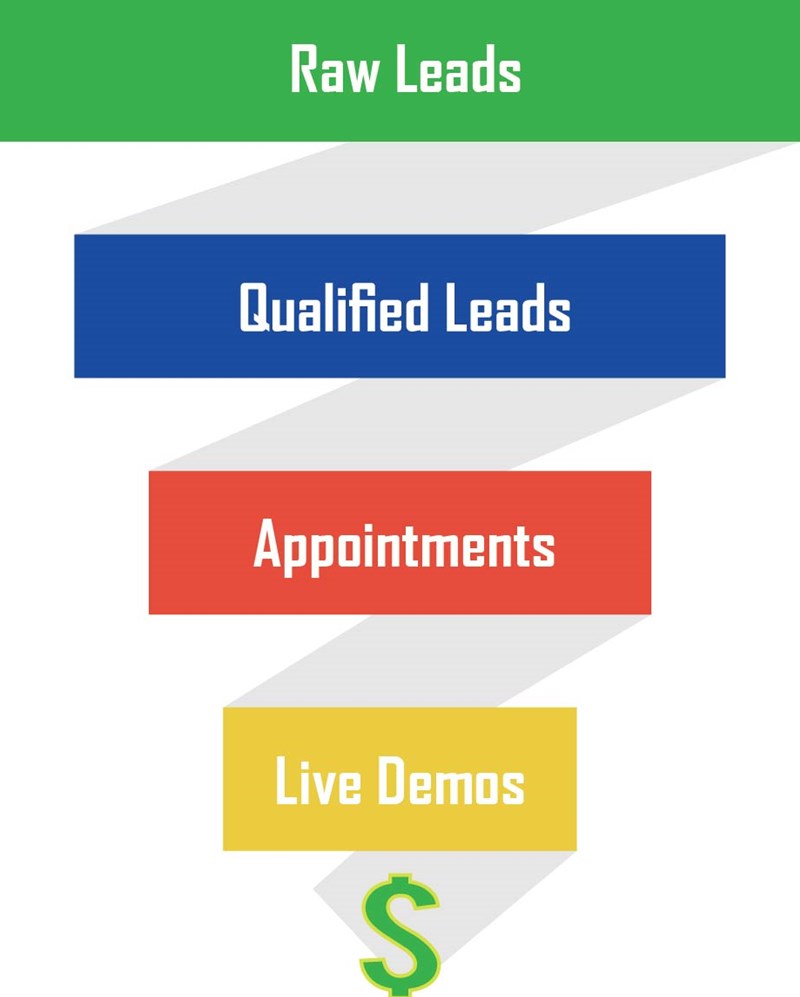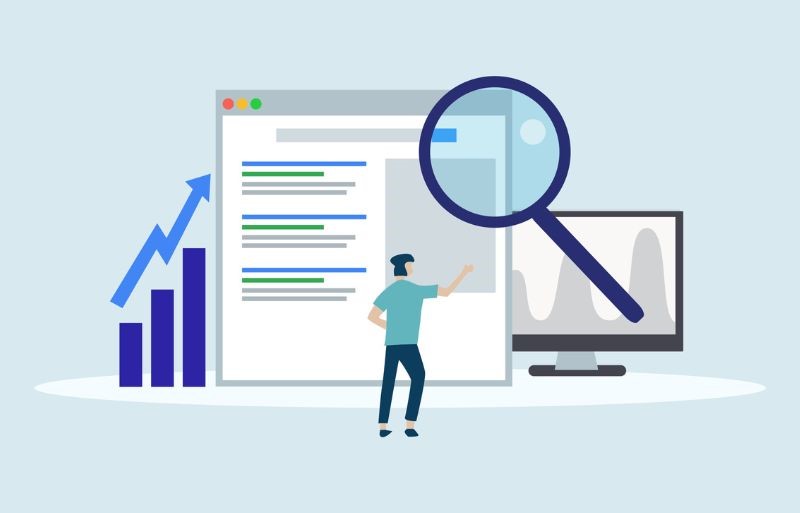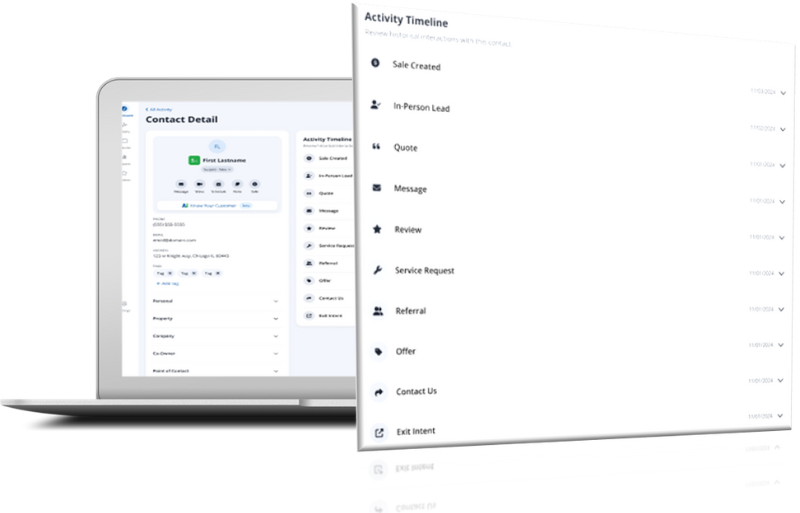Breaking it Down: How to Turn Your Home Services Sales Process into a Lead-Converting Machine

Running a successful home services business takes more than quality work and friendly customer service; you need an effective sales pipeline to keep the new jobs flowing in. At the end of the day, your number one goal is to convert more customers and drive your bottom line, and there isn’t a better way to do that than by applying a winning strategy. By following the steps below, a prominent Philadelphia window company saw a 150 percent increase in its conversion rate over a span of six months. This effectively multiplied its YTD revenue and it’s all thanks to the development of a sales funnel.
1) Qualify your Leads

To start, take a look at your raw lead data – the information you’ve collected through online quote forms, over the phone or in person – to determine which have potential to turn into business. Note that some of these contacts may be from competitors trying to learn more about your business, people outside your service areas or individuals gathering information for DIY projects, so it’s crucial to be thorough during this process. Carefully review all information until only qualified leads within your areas of operation remain.
2) Book Quality Appointments
Now that you have a list of qualified leads, it’s time to reach out to each. With this narrowed-down list, you should easily be able to improve your amount of quality appointments and avoid wasting time and resources on irrelevant ones. In the end, your lead-to-appointment conversion rate should dramatically increase.
3) Know How to Approach One-Legger Situations
A wildcard in the home services sales process, the one-legger appointment is crucial to know how to handle. Many quality leads will come from households with two decision makers, so it’s important to get approval from both on all major commitments. Failure to do so could result in a disagreement between decision makers, resulting in the cancellation of a job.

If you show up to an appointment with only one decision maker, start by explaining the importance of all parties being present. Make sure you choose the right words here so you don’t offend anyone. For instance, if you’re dealing with the female head of the household, you don’t want to make it seem as if you want her husband there because he is the man. Instead, simply explain that if the situation were reversed, you wouldn’t want to move forward unless she was present. If it comes to a point where your insistence on having both parties present might lose you the sale, trust she and her husband are on the same page and preserve the opportunity.
4) Carefully Review Your Proposals
Once you’ve successfully hooked your leads after the appointment, it’s time to reel them in with a proposal. It’s imperative that you practice extreme care when writing these up, reviewing every last detail to ensure everything discussed in the consultation is present. The last thing you’ll want is for your potential customers to pull out of a deal because something that was or wasn’t discussed in the initial meeting appeared or wasn’t stated in the proposal.
For more information on how to track, manage and easily convert leads into sales, download our eBook on the subject today!









